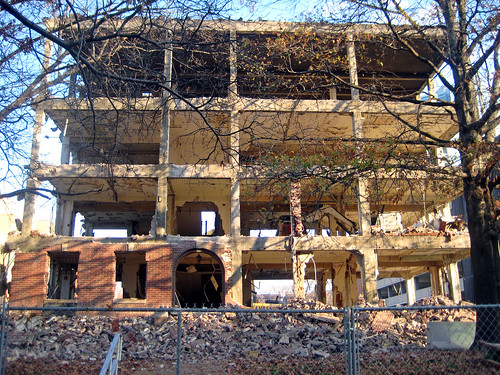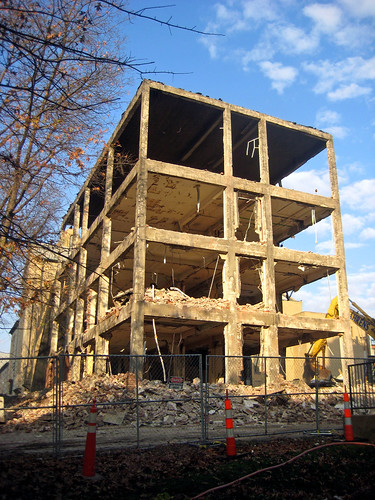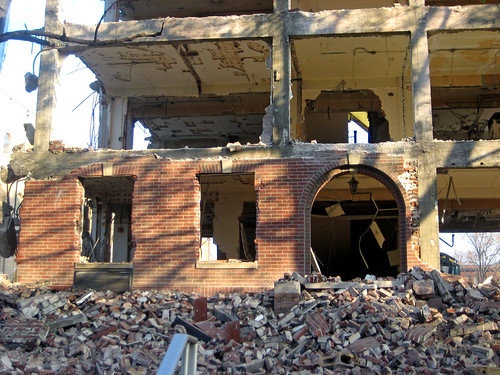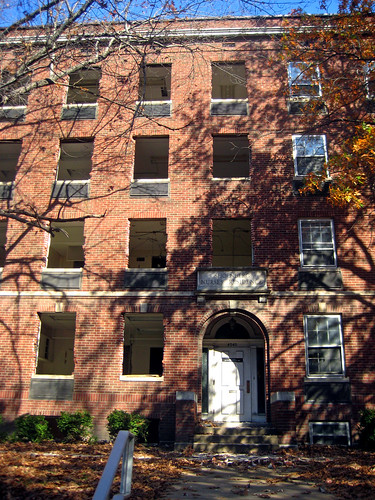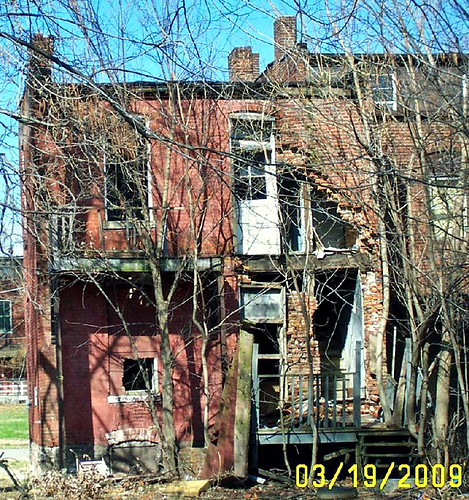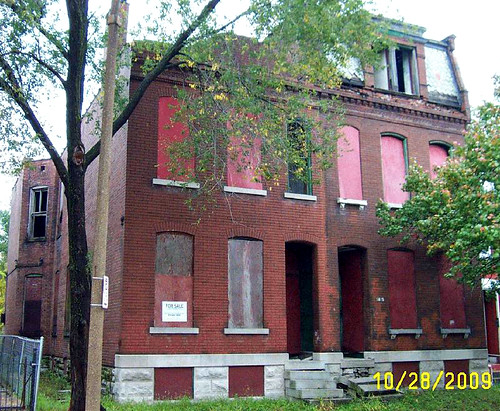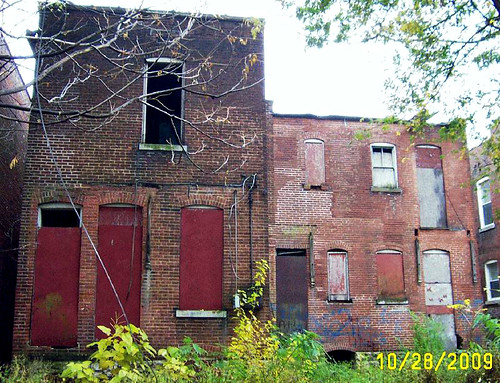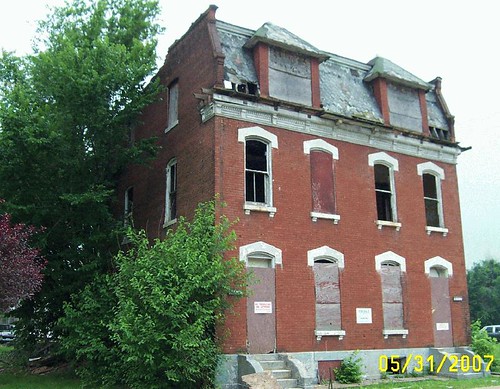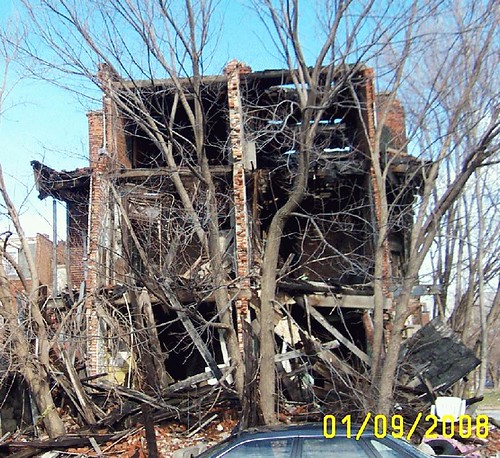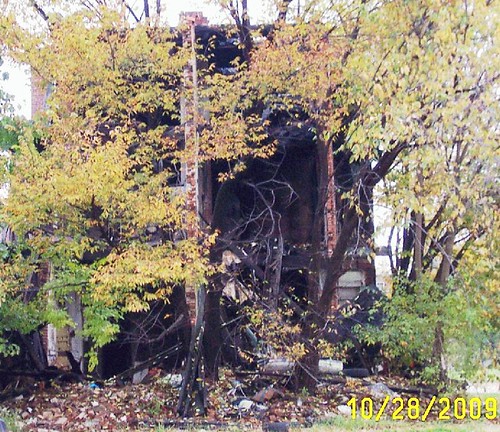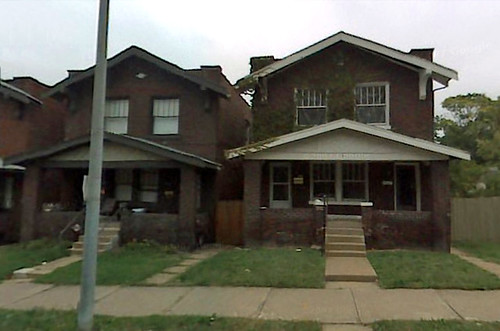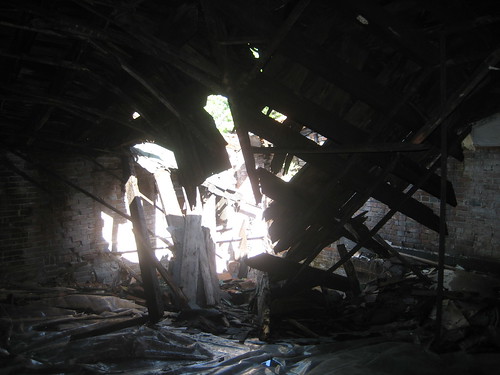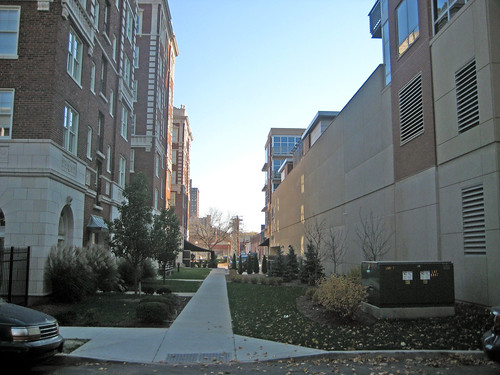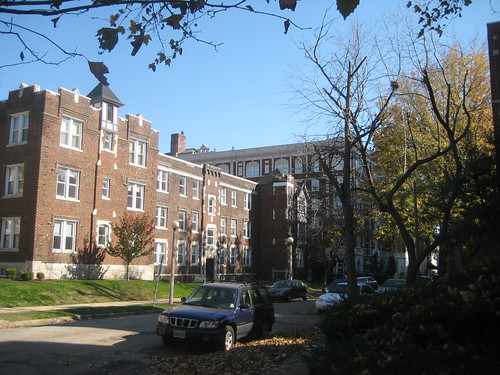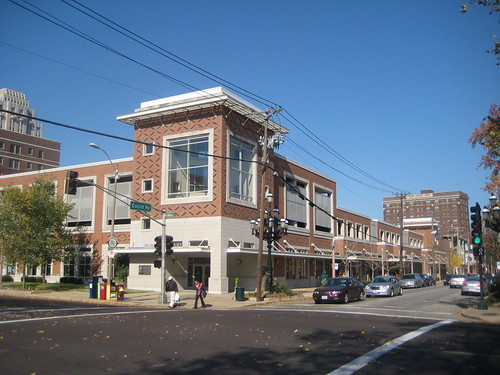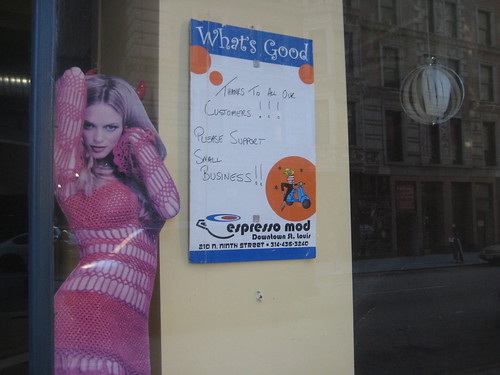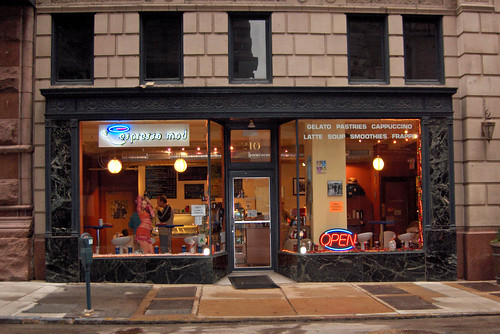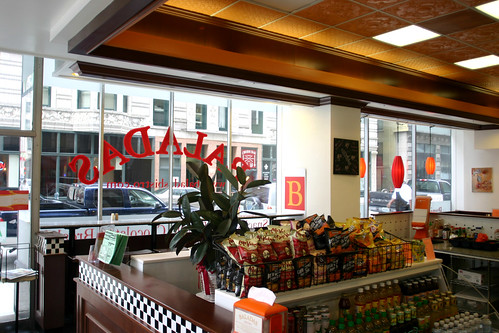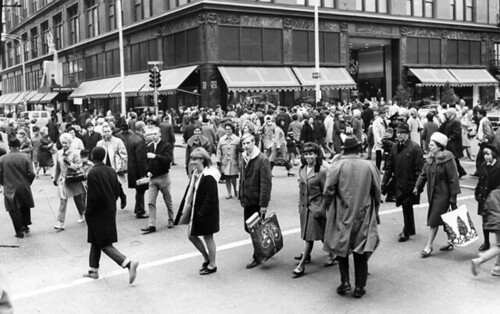
Throngs of holiday shoppers fill the intersection of 7th & Washington in front of Stix Baer & Fuller. 60's era photo from the archives of the now defunct Pyramid Companies
With recent announcements about the latest "future" of St. Louis Centre, I am starting a series of posts about its history and impact on Downtown St. Louis. First though, I think we should take a look back to what life was like before the Malling of Downtown.
It is hard to believe today that Downtown was once the center of retail life in St. Louis with three highrise department stores: Famous Barr, Stix Baer & Fuller and Scruggs Vandervoort Barney each with half a million square feet of floor space or more, and hundreds of street level retail stores in between.
Even while malls and suburban branches of the big three department stores rose in the 1950's and 60's, Downtown continued to attract shoppers and retained a thriving retail scene through the 1970's and even the early 1980's.
 Shoppers and a Bi-State bus cross the intersection of 6th & Locust in the late 1970's or early 1980's. The Woolworths occupied the corner that would become one of the main entrances to the St. Louis Centre mall. Photo from Randy Vines of STL Style.
Shoppers and a Bi-State bus cross the intersection of 6th & Locust in the late 1970's or early 1980's. The Woolworths occupied the corner that would become one of the main entrances to the St. Louis Centre mall. Photo from Randy Vines of STL Style.
 the intersection of 6th & Washington in 1959 looking south. Kresge's occupied the southeast corner. The gap between buildings next to the Lerner Shops is St. Charles Street, which at the time ran continuous through this part of Downtown. This photo and all below are from the Western Historical Manuscript Collection at UMSL's Thomas Jefferson Library.
the intersection of 6th & Washington in 1959 looking south. Kresge's occupied the southeast corner. The gap between buildings next to the Lerner Shops is St. Charles Street, which at the time ran continuous through this part of Downtown. This photo and all below are from the Western Historical Manuscript Collection at UMSL's Thomas Jefferson Library.
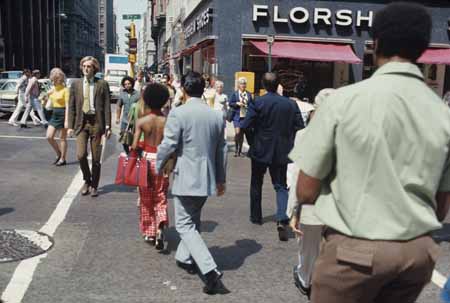
The intersection of 7th & Olive in the 1976 with Florsheim Shoe's at the northwest corner.
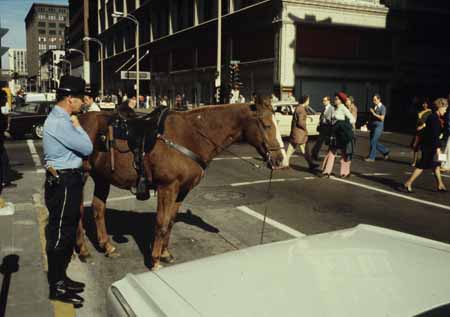
A mounted patrol officer take a break at the corner of 7th & Olive in front of Famous Barr in 1976. Looking north on 7th Street, Stix Bear & Fuller can be seen in the distance.

The intersection of 6th and Washington in 1976. Stix Baer and Fuller built a special Bicentennial Candy Shop at the corner of their store.
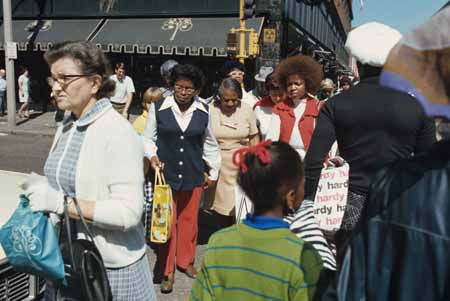
Another view of 7th and Washington crowded with
shoppers in front of Stix Baer & Fuller
In this post-St. Louis Centre era, the streets of Downtown have once again become a destination for shopping with over 80 unique retail stores, restaurants and service businesses opening since 2000. So this Black Friday stay in bed, skip the 3am big box madness sales and head Downtown for your holiday shopping fix. Macy's Downtown store does open at 5am for you early birds, however most stores run normal hours. This year the Partnership for Downtown St. Louis has come up with an easy way to give with the Downtown St. Louis Gift Card, which can be used at over 100 Downtown retail stores and restaurants. Happy Thanksgiving!










